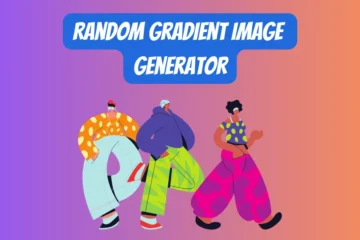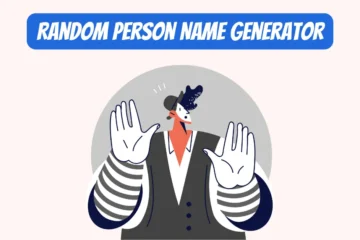Solve for Combination (nCr)
In mathematics, a combination is a selection of items from a larger set. The notation \( ^{n}C_{r} \) represents the number of distinct combinations of \( r \) elements that can be taken from a set of \( n \) distinct elements.
Table of Contents
How to use this Combination Calculator?
- Enter n Value: Input the value of n in the text-box provided.
- Enter r Value: Input the value of r in the text-box provided.
- Calculate Combination: Click the “Calculate Combination” button. The tool will calculate the combination nCr based on the values of n and r you’ve provided.
- View the Result: The calculated combination will be displayed below the buttons.
- Reset the Fields (Optional): To perform another calculation, click the “Reset” button. This will clear all the input fields and the result, allowing you to enter new values.
The Conundrum of Combination: The Beauty of Selection
Introduction: What’s the Big Deal About Combination?
In the world of mathematics and computer science, the concept of combinations often takes a back seat to its more glamorous cousin, permutation. However, combinations are the unsung hero in a world that thrives on choices. Whether it’s selecting a team, choosing ingredients for a recipe, or even deciding the best path to take on a road trip, combinations permeate every facet of our daily lives. The question then becomes, what exactly is a combination, and why should we care?
What Exactly Is a Combination?
At its core, a combination is a way of selecting items from a larger set, such that the order of selection does not matter. This is distinct from a permutation, where the order is important. In a combination, you’re focusing on what items are selected, without considering the sequence in which they’re chosen.
Here’s a simple example: Imagine you have a bowl of three fruits—apple, orange, and banana. If you’re to choose two fruits from this bowl, how many different combinations can you have? The answer is 3:
- Apple and Orange
- Apple and Banana
- Orange and Banana
Notice that in combinations, Apple and Orange is the same as Orange and Apple. The order does not matter.
The Combination Formula:
The number of ways to choose r items from a set of n distinct items is given by the formula:

Here, n! (n factorial) is the product of all positive integers up to n, and nCr or C(n, r) is commonly read as “n choose r.”
How to Use the Formula:
Suppose you have a deck of 52 playing cards, and you want to know how many ways you can choose a 5-card poker hand.
52C5 = 52! / 5! × (52 – 5)! (Utilize our Factorial Calculator to quickly compute factorials.)
52C5 = 2,598,960
There are 2,598,960 different 5-card poker hands you can draw from a standard deck of 52 cards.
Breaking Down the Formula:
- n! (n factorial) represents all the ways you can arrange n items.
- r! accounts for the fact that within the r items you’ve selected, you could arrange them in r! ways, but those arrangements are considered the same combination.
- (n − r)! represents the arrangement of the remaining items that you did not choose.
So the denominator r! × (n − r)! effectively “cancels out” the arrangements from the n! permutations, leaving you with the number of distinct combinations.
The Daily Life of Combinations: Where Can You Find Them?
Believe it or not, combinations are all around us. Here are a few examples:
- Sports Teams: When selecting players for a team, coaches rely on combinations to try out different groupings.
- Diet Planning: Nutritionists create balanced meals by selecting a combination of food items rich in specific nutrients.
- Investment Portfolios: Financial planners choose a combination of stocks and bonds to maximize returns and minimize risk.
- Class Scheduling: Students and academic advisors consider combinations of classes to fulfill requirements while balancing workload.
Practical Application of Combination in Various Fields
- Medical Research: In pharmaceuticals, combinations of different medications are tested for effectiveness against diseases.
- Marketing: Marketers use combinations to figure out the optimal mix of promotional channels for an advertising campaign.
- Computer Science: Algorithmic problems, like finding the shortest path or the maximum clique in a network, can be reduced to solving combination problems.
Who Benefits from Understanding Combinations?
- Students: Learning about combinations is a part of many educational curricula.
- Business Analysts: They use combination theories to predict various business metrics.
- Data Scientists: Combinatorial problems often appear in data analysis.
- Everyone: Yes, that’s right. Whether you’re organizing your closet or planning a meal, a basic understanding of combinations can be incredibly helpful.
Wrapping It Up: The Beauty of Selection
Combinations may not seem as flashy as permutations, but they have their unique allure. Understanding the fundamentals of combination theory can enrich our daily decision-making and broaden our perspectives in various professional fields.
As we uncover the versatility and applicability of combinations, we realize that the real magic lies in the art of selecting the best from what is available, to construct something meaningful and effective. With combinations, the possibilities are not just numerous; they are also profoundly impactful.









